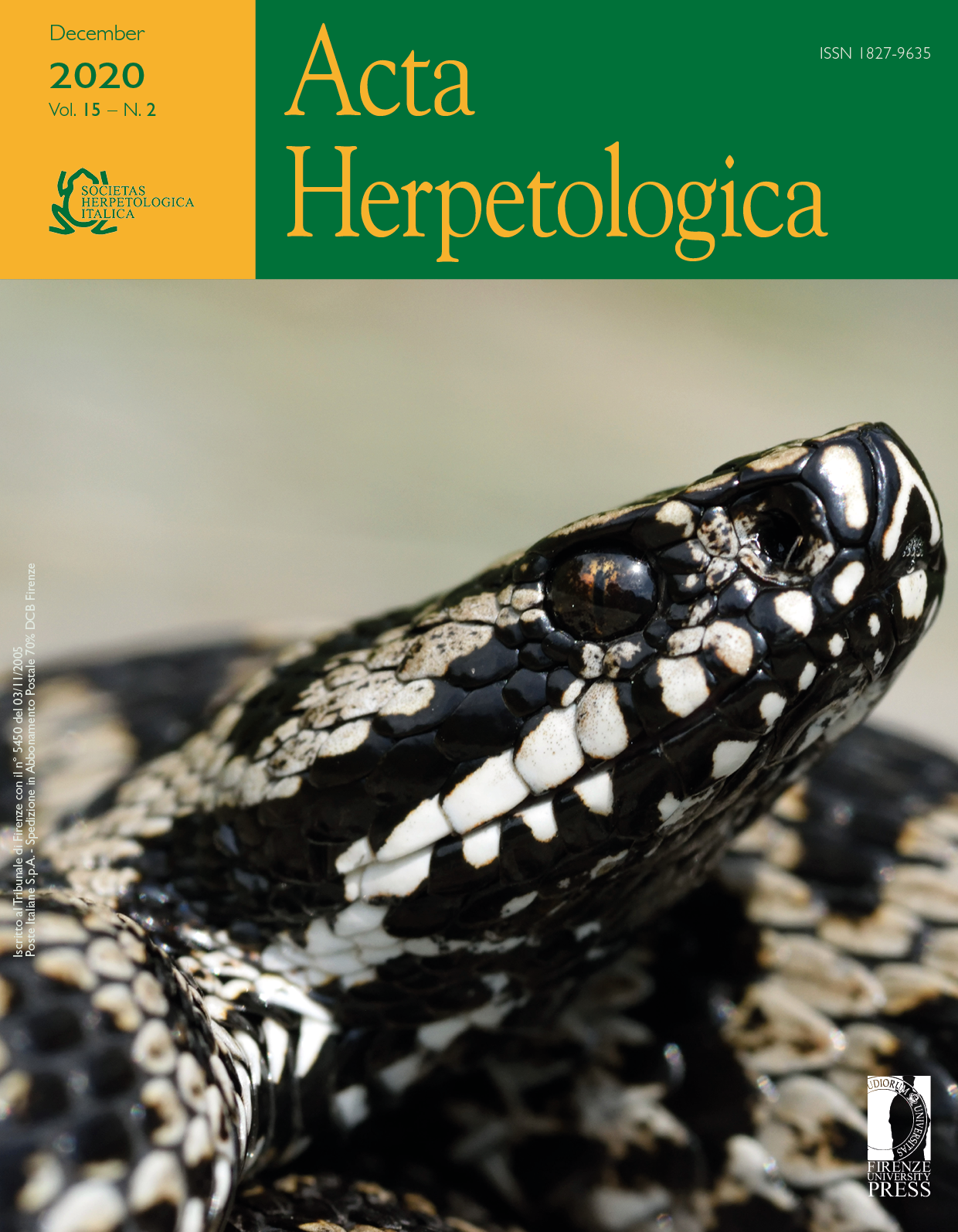Stomach histology of Crocodylus siamensis and Gavialis gangeticus reveals analogy of archosaur “gizzards”, with implication on crocodylian gastroliths function
Published 2020-12-08
Keywords
- Histology,
- Gizzard,
- Gastrolith,
- Crocodylia,
- Stomach
How to Cite
Abstract
Two groups of extant Archosauria, Crocodylia and Neornithes, have two-chambered stomachs and store gastroliths inside their “gizzards”. Morphological similarities of the “gizzards” lead some previous studies to assume that the presence of this structure, organ “gizzard” is synapomorphic to Archosauria. However, the homology of archosaur “gizzards” had never been tested. This study provides general histological descriptions of stomachs of two crocodylian taxa, Crocodylus siamensis and Gavialis gangeticus, to determine the homology of crocodylian and neornithine “gizzards”. Our study demonstrates that both Crocodylus siamensis and Gavialis gangeticus have longer, more complex glands in the fundic stomach (crocodylian “gizzard”) than in the pyloric stomach. Additionally, we found that compound glands are present in the fundic stomach of Crocodylus siamensis. Therefore, crocodylian stomach histomorphological structures are concordant with those of other non-avian reptiles, despite the unique gross morphology. The pyloric regions of non-avian reptile stomachs are known to be homologous with the pyloric regions of mammalian stomachs as well as neornithine ventriculus (neornithine gizzard). Therefore, crocodylian and neornithine “gizzards” are morphologically analogous but not homologous. The presence of PAS-positive layer in the pyloric stomach of Gavialis gangeticus, which resembles the koilin layer of neornithine ventriculus, further supports this interpretation. At the same time, however, the similarity in gastroliths mass/body mass ratio and the correlations between gastroliths occurrence and diet types suggest that crocodylian gastroliths might have contributed to the digestion of ingesta, even though crocodylian and neornithine “gizzards” are not homologous.






